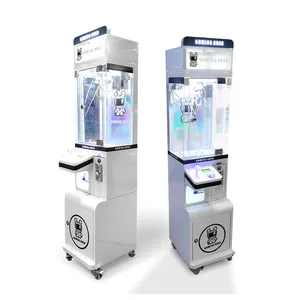Mini cranes have revolutionized material handling across a multitude of industries. Their versatility is showcased in construction, where they are indispensable for tasks ranging from curtain wall installations to intricate residential builds. In the realm of industrial applications, these compact yet powerful machines facilitate operations in plants, factories, and the automotive sector, proving essential for equipment installations.
The scope of mini cranes extends to the creative industry as well, aiding in the precise placement of artwork. They are equally valuable in the aviation sector, assisting in maintenance and assembly tasks. The robustness of mini cranes is evident in their use in stonework and power station maintenance, where precision and reliability are paramount.
Their application is critical in the oil and gas industry, as well as in challenging environments like tunnels and underground spaces. The railway industry benefits from their adaptability for maintenance and construction work. Mini cranes are also a strategic asset in military logistics, forestry management, and steel erection, where their ability to maneuver in restricted spaces is a significant advantage.
Furthermore, these cranes are a boon for marine construction and shipbuilding, where they handle materials on uneven grounds and in environmentally sensitive areas. The adaptability of mini cranes to various terrains and their minimal environmental impact make them a smart choice for businesses looking to enhance operational efficiency and safety.











































 浙公网安备 33010002000092号
浙公网安备 33010002000092号 浙B2-20120091-4
浙B2-20120091-4